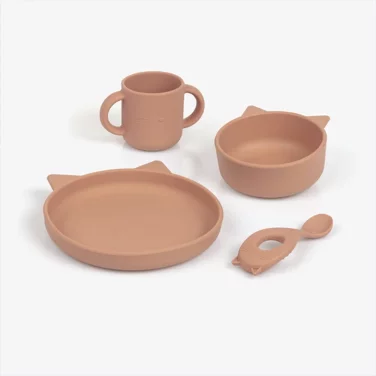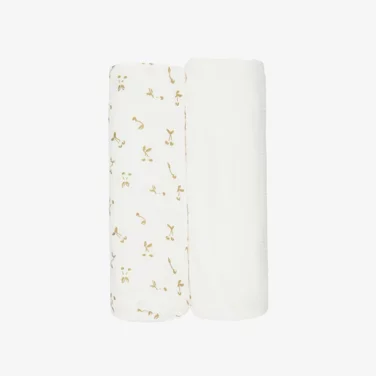LIEWOOD
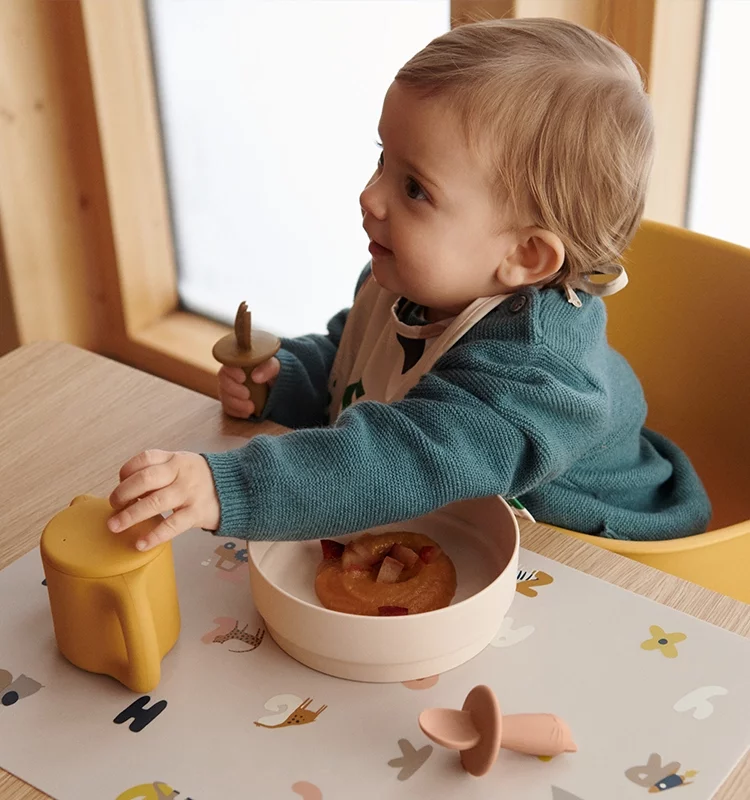
All About Baby-Led Weaning with Moon & Rue
Welcome to our Small World series, a place to find first-hand experiences and expertise to help you navigate the chapters of parenthood. Today, we’re talking all about baby-led weaning and who better to share their knowledge than author of Baby-Led Weaning Made Easy, and soon-to-be mum of two, Sian Radford?
“With baby-led weaning, they're in charge of what they pick up first and how much they eat. It very much encourages that intuitive side," says Sian, who has kindly shared two delicious recipes from her new book for you and your mini foodies to put to the taste test. “The book is a step-by-step guide that you can digest in bite-size pieces, as and when you need it. There are so many ways for weaning to be fun for you and your family.”
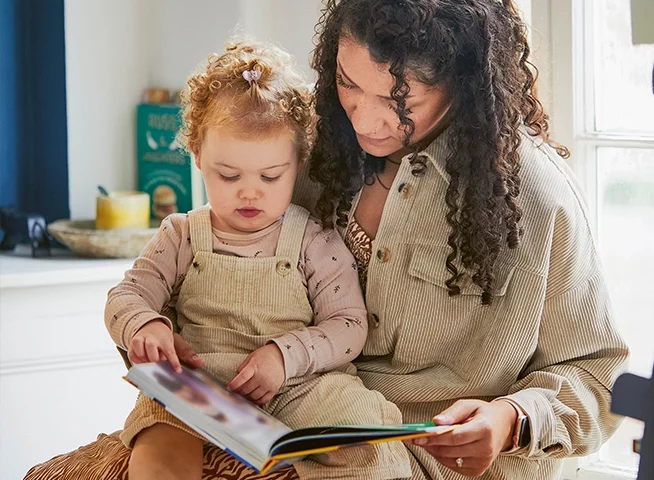
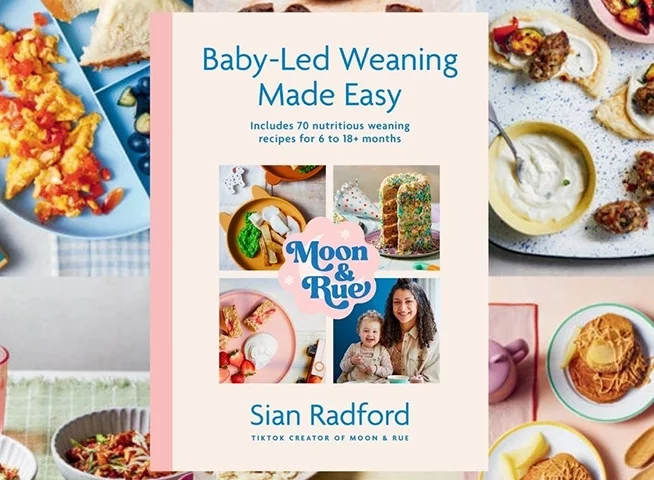
Sian’s Top Tips for Weaning Made Simple
With a dedicated following of parents on TikTok, Sian (aka Moon & Rue) has lots of tried-and-trusted tips for introducing your little one to solid food independently . . .
1. Look out for the three signs of readiness
“Baby-led weaning is the process of giving your child finger foods and letting them take the lead, so firstly they’ll need to be able to bring food to their mouth independently. They should also be able to sit independently, so having a strong core that allows them to sit upright in their high chair, not leaning to one side or folding over. And then you should also look out for the loss of the tongue thrust reflex. This usually happens between four and six months and you can test it by putting a little bit of food in their mouth. They should be able to take it back rather than spitting it out.”
2. Start with soft and squishy textures
So we’ve checked the signs and our baby is ready to wean, now what? “At the start of weaning, you’ll generally offer your baby things that are soft and around the size of an adult finger so that they can pick them up easily and take appropriate bites — although, usually they just gum things in the early days! It’s the idea that everything is a texture, and this process allows your baby to explore those textures freely whilst minimising the risk of food going down the wrong way.”
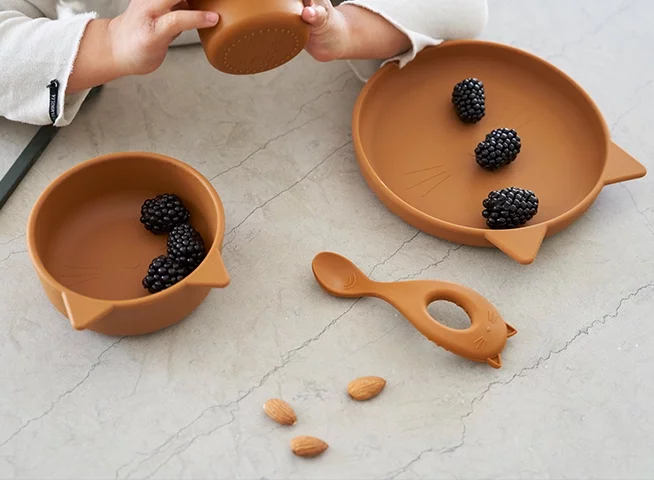
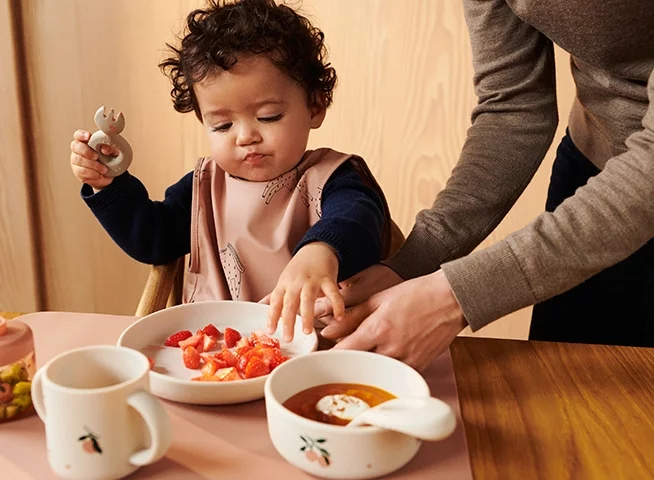
3. Find joy in exploring different foods
“As opposed to traditional spoon-fed weaning, baby-led weaning means your baby is in control of what they pick up first and how much they eat. It very much encourages that intuitive side of them learning when they’re full and, eventually, when they like and don't like something. And as long as you're serving food in a way that is safe for them, they are in charge of every other aspect. I think, quite often, the first feeling that parents have when weaning is overwhelm or anxiety, but there are so many ways for it to be fun — it’s enjoyable watching your baby explore different things.”
4. Say yes to spices
“Excess salt and sugar are the things that I really try to steer clear of, just because you know that they're going to discover them on their own eventually and they're going to love them without any help from you. Honey is not considered safe until after they’re one. Otherwise, everything is fair game really, even spicy foods can be introduced in moderation. Obviously nothing flaming hot but adding spices is not something that you have to shy away from, particularly if it's something that your family is used to eating a lot. So, I would just avoid foods that are nutritionally bad.”
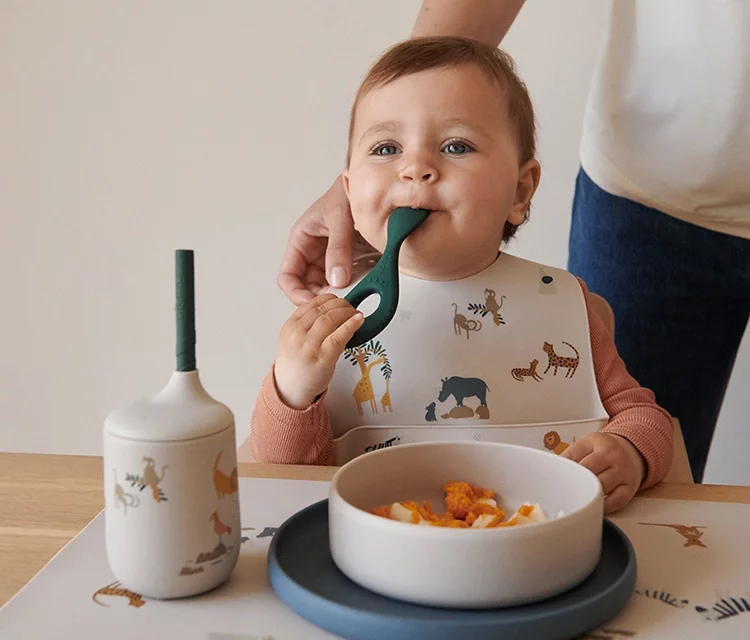
5. Experiment with flavours and textures
“Even as an adult, it can be really easy to fall into a rut with food, so I think weaning is one of those really great opportunities to shake it up a little bit and introduce a variety of meals. Little ones are more willing to try different flavours when they’re younger. That’s not to say their diet won’t narrow down and open back up as they grow — I'm always surprised by my daughter, Rue, who will refuse something one day and then accept it two days later, so it's more about keeping an open mindset and not giving up on trying different things. Also, it's not just about feeding the baby, it's about finding those meals that really work for you as a family.”
6. Batch cooking will be your best friend
“I'm a big fan of recipes that can be batch cooked; recipes that I can chuck in a pan and just leave to do their thing, like veggie chilli, stew, any of those meals that are going to stretch quite a long way and that the whole family genuinely loves. My daughter has never refused spaghetti bolognese, so I know it's a safe bet because we all love it. I’ll always make extra to pop in the freezer as well. Those are the winning family meals for me.”
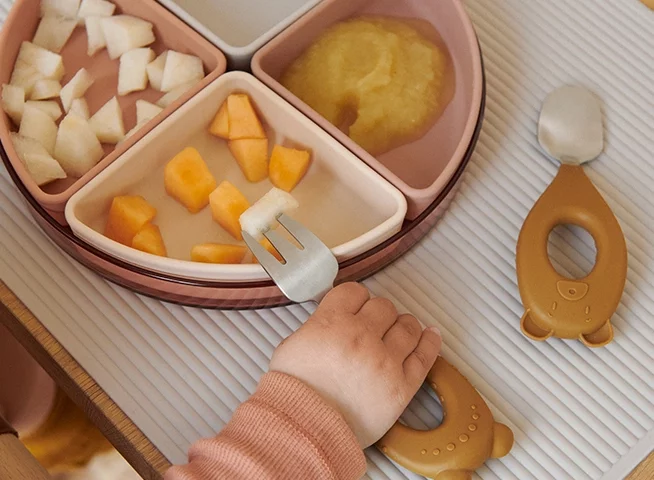
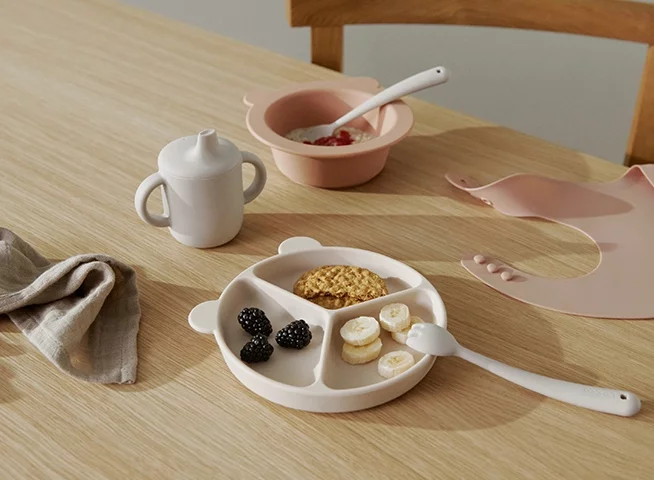
7. Eat as a family
“I think eating together as a family makes a massive difference. There have been so many instances where I've served something and I can tell that my daughter wouldn't have eaten it if we weren't eating it with her. It’s also a lovely opportunity to sit down together for 15–20 minutes every day — no phones, no distractions, no toys — and chat, laugh about things or talk about the food. My husband and I didn't always make time for that before having Rue, so we've enjoyed that as well."
8. Find a favourite recipe book
With over 70 mouthwatering recipes, Baby-Led Weaning Made Easy is a great place to begin your little one’s food journey. “It starts with a crash course in everything you need to know in the most concise way possible, leading on to the recipes in different stages. Each chapter starts with a ‘what to expect’, including top tips and skills that they might be developing at that stage. For example, in the early days, babies use their palmar grasp, then they start to develop their pincer grip, and then there are tips to introduce cutlery. It was very important for me that the book was a step-by-step guide that you could digest in bite-size pieces. I’ve also added meal plans with shopping lists as well, which will hopefully save people some brain space.”
For more information and UK guidance on weaning, please visit the NHS advisory page.
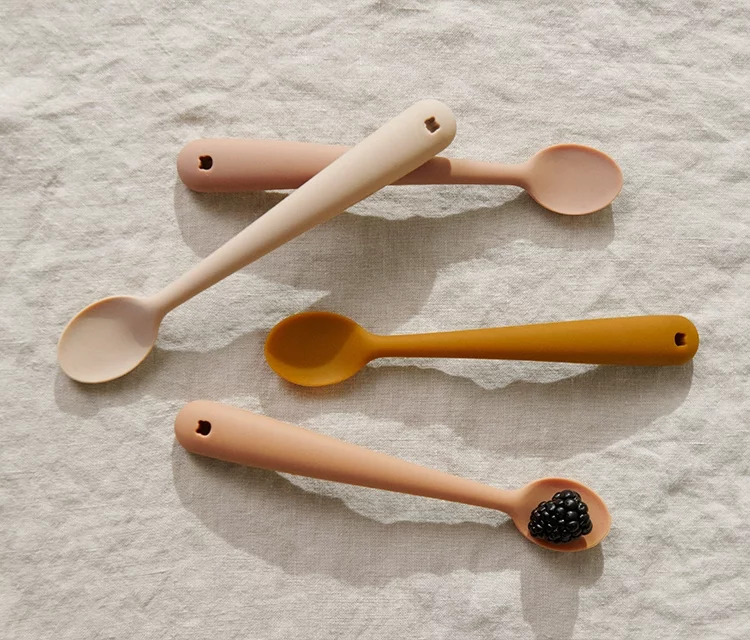
Sian's Top Mealtime Picks
Two Tasty Recipes to Try Today
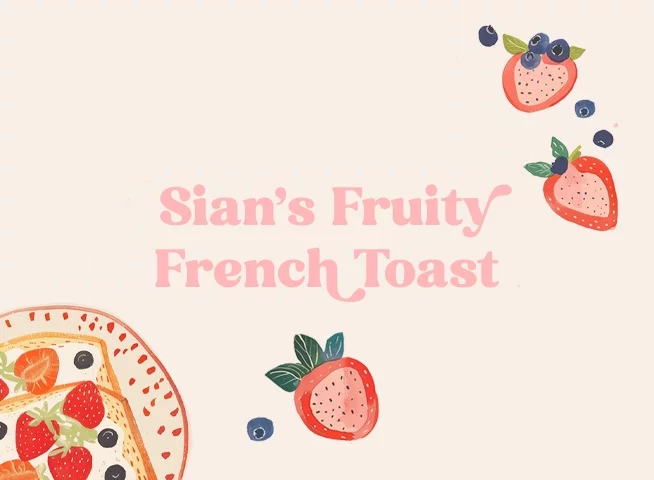
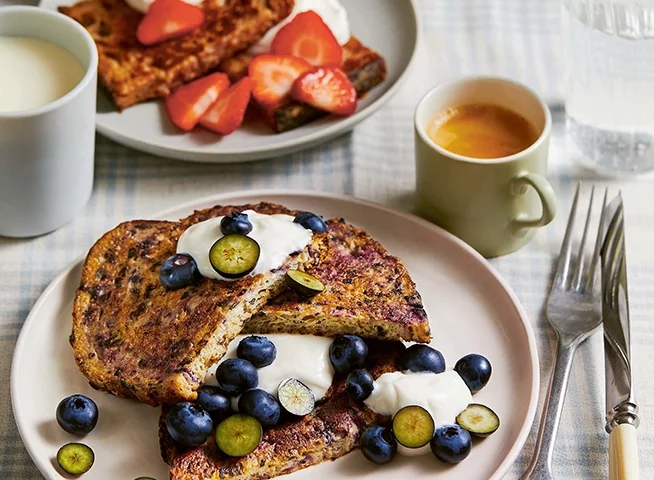
Sian's Fruity French Toast
5 min prep, 10 mins cooking
"For babies, the aim is to scale back the sweetness significantly from the versions that I might order at brunch. This version hits the mark for us; the sweetness of the fruit soaks into the bread and disguises the egg. If you’re not a fan of banana, simply leave it out and up the berries!"
You will need:
- 1 egg
- 20ml milk
- Knob of unsalted butter
- 3–4 small slices of wholemeal bread
- Plain yoghurt and some fresh berries, to serve
- 1 small, ripe banana and a handful of blueberries (or 2 strawberries)
Method:
1. Blend your banana, blueberries (or strawberries), egg and milk together and pour the mixture into a wide, flat bowl.
2. Heat a pan over a medium-high heat and melt the butter.
3. Lay a slice of bread in the fruit batter, leave it to soak for 30 seconds, then flip to repeat on the other side.
4. Transfer the slice of bread to the pan. Cook for around 3 minutes on each side, until the egg is cooked and the bread is golden. Repeat the soaking and frying process until the mixture has been used up!
5. Serve with a dollop of plain yoghurt and some fresh berries.
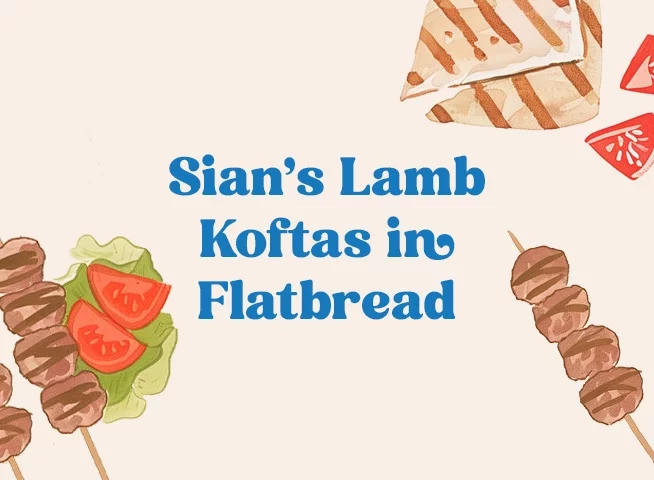
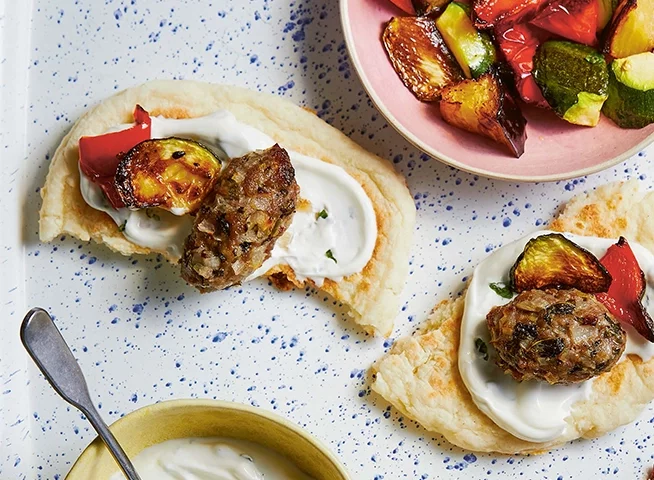
Sian's Lamb Koftas in Flatbread
20 min prep, 15 min cooking
"These koftas are always a hit in our house! Your little one will watch with interest to see how you tackle the flatbread. It’s a great opportunity to model to them how to pick it up, hold it together and take a bite with all the fillings."
You will need:
- 1 tbsp olive oil
- 2 shallots, diced
- 1 crushed garlic clove or 1 tsp garlic powder
- 250g lamb mince
- A few leaves of mint, finely chopped
- 1 tbsp plain yoghurt
- Roasted Mediterranean veggies, to serve per flatbread
- 60g Greek yoghurt
- 50g self-raising flour, plus extra for dusting
Method:
1. In a pan with a little of the oil, add your shallots and cook until they begin to soften and caramelise. Add in your garlic and cook for a further minute or so, then remove the pan from the heat and leave the onions and garlic to cool.
2. In a mixing bowl, add your lamb mince, three-quarters of the mint, a small splash of oil and your onion and garlic mix. Combine everything well.
3. Shape your koftas — you can go for traditional skewer shapes or flatter, more patty-like koftas. Wet hands will keep the mixture from sticking to you.
4. There are many cooking options to choose from here! These are a great air fryer option (180°C for around 10 minutes, turning regularly), but they can also be cooked on a griddle pan or in the oven (200°C/180°C fan for around 15 minutes, turning over halfway). However you cook them, leave the lamb to rest for around 5 minutes once cooked and then they are ready to serve.
5. While your koftas cook, in a mixing bowl combine the Greek yoghurt and flour. Bring it together until it forms a dough, but don’t over-knead it.
6. On a lightly floured surface, use a rolling pin to shape it into a flat circle, around ½ cm thick.
7. Heat a pan over a medium heat. Wait for the pan to be heated before popping your flatbread in. Dry fry the flatbread (no oil) for 2–3 minutes on each side, until brown patches appear. Tear a small piece of the bread to check it is cooked through, if not, allow it a few more minutes on each side.
8. For your yoghurt dressing, take a small bowl and add the 1 tablespoon of yoghurt, the remainder of your mint and a tiny splash of water. Mix together well.
9. Pop a lamb kofta inside a flatbread and drizzle the yoghurt dressing on top (or serve on the side to dip). Serve with some roasted Mediterranean veggies!
ㅤ
Images by Liewood, Page Street Publishing Ltd & Sian Radford

